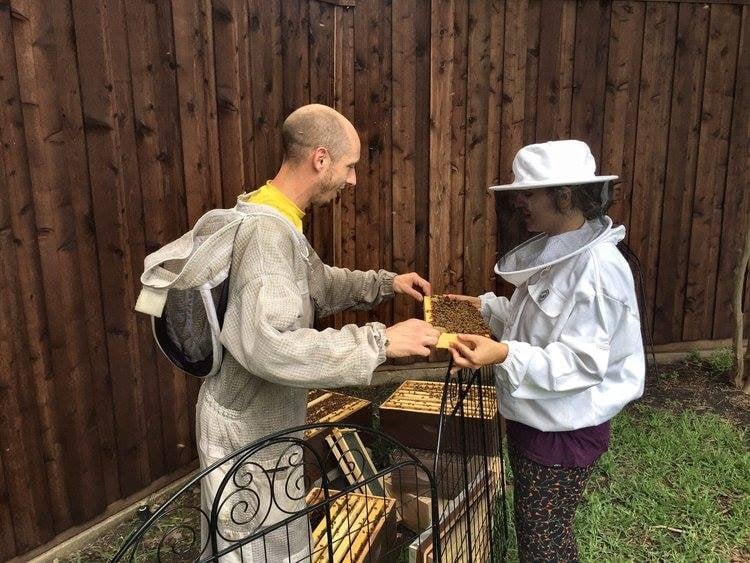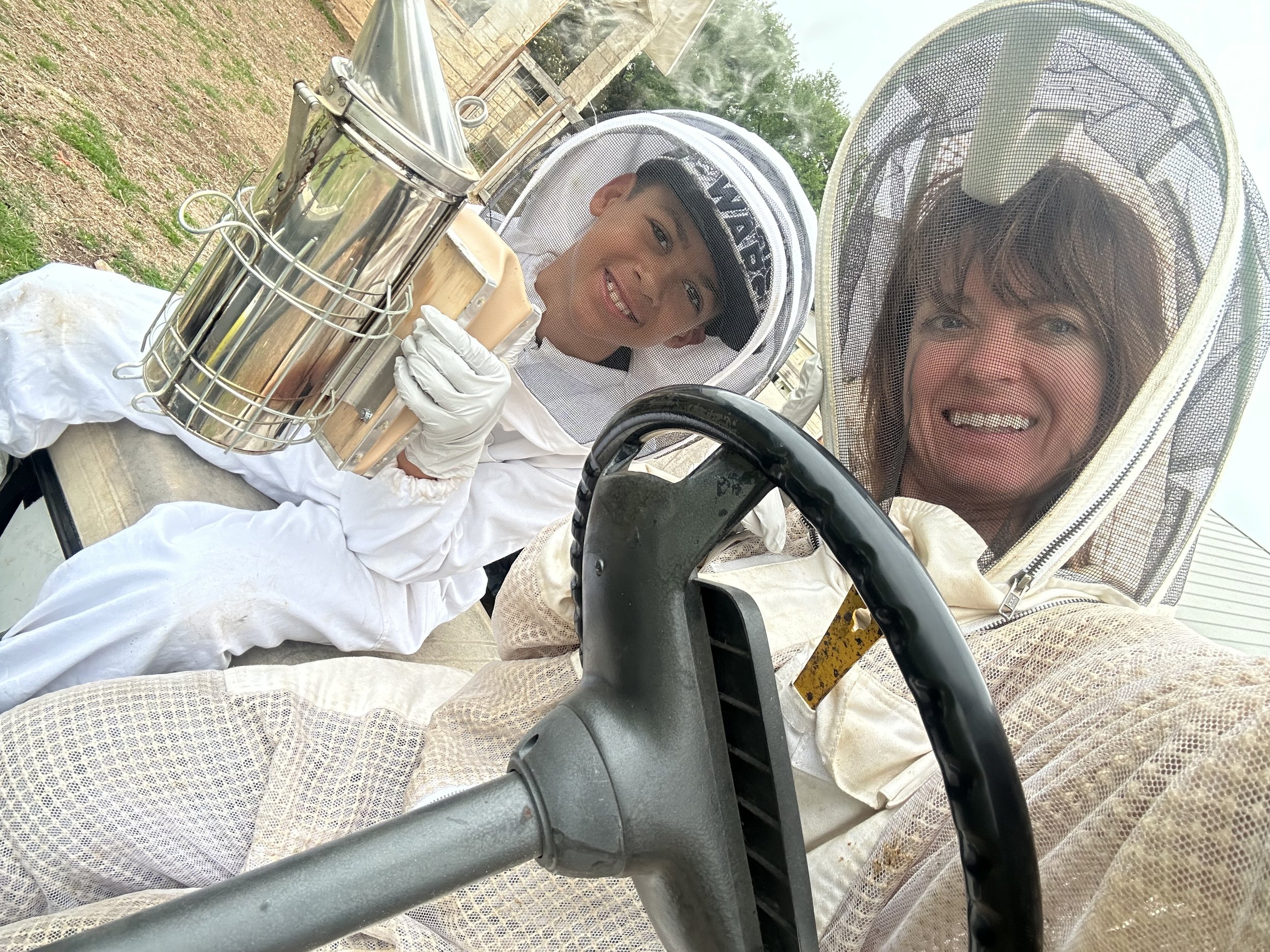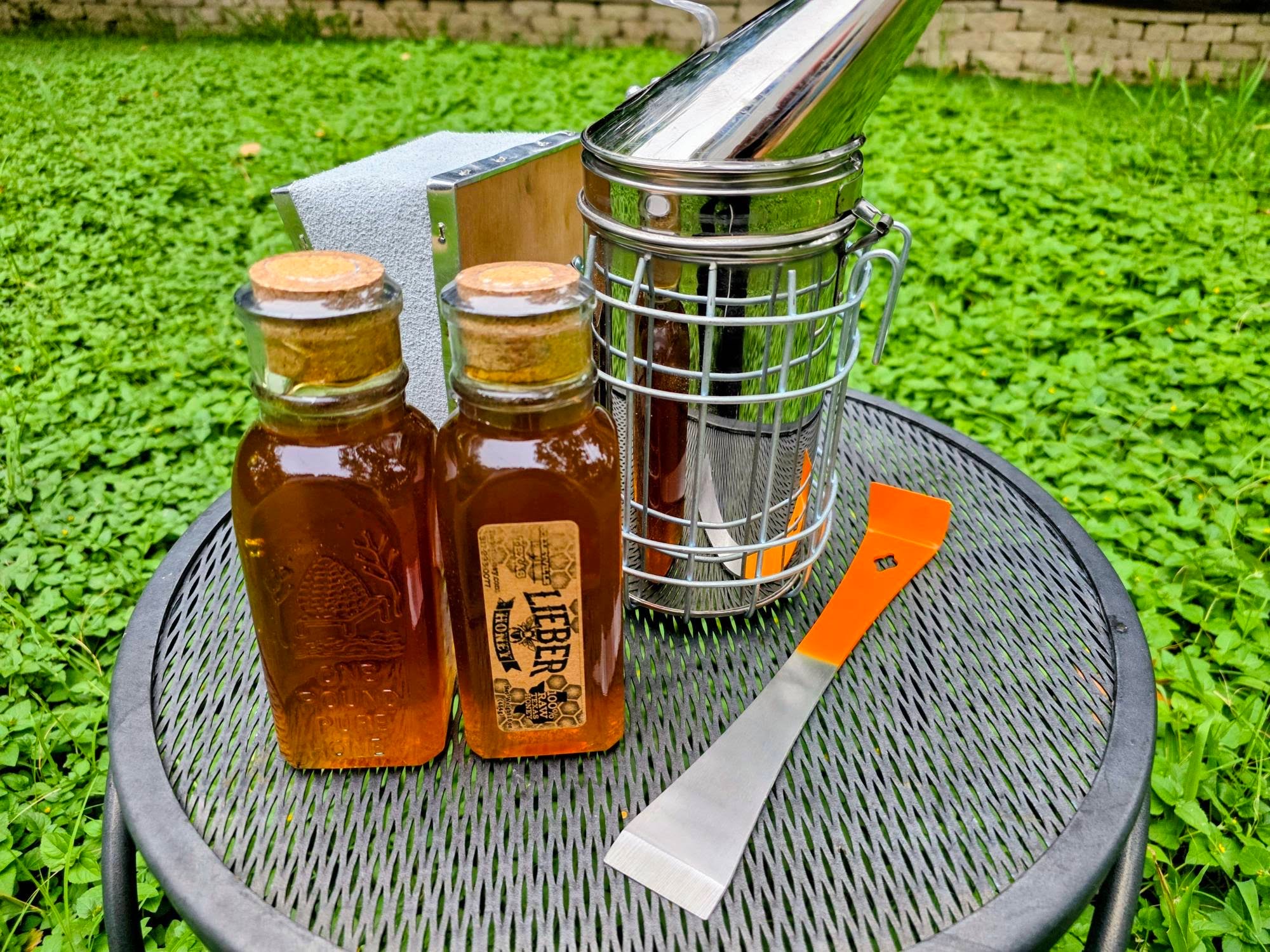Support local pollinators with native plants, seasonal blooms, and simple habitat tips—straight from Texas beekeepers.
You don’t have to become a beekeeper to help bees thrive. In fact, one of the most impactful things you can do—whether you live on a ranch or a city lot—is to plant a pollinator-friendly garden.
A well-planned space filled with native plants doesn’t just attract bees—it supports butterflies, birds, and beneficial insects, all while bringing your yard to life. If you’re in North Texas or anywhere across the state, here’s how to start.
Start With Native Plants (and Skip the Pesticides)
Bees evolved alongside native wildflowers, and those blooms are still their favorites. Some great Texas picks include:
- Purple coneflower (Echinacea)
- Black-eyed Susan
- Indian blanket (Gaillardia)
- Texas lantana
- Salvia (Autumn Sage, Mealy Blue)
- Milkweed (especially for monarchs)
You’ll also want to:
- Avoid using pesticides, especially neonicotinoids
- Choose organic compost and natural soil amendments
- Let some herbs (like basil and thyme) flower—they’re great for pollinators!
Tip: Try planting in clusters—bees are more attracted to groups of flowers than isolated singles.
Think Seasonally: Bloom Time Matters
One of the best ways to help pollinators is to offer continuous blooms from early spring through fall. That means mixing:
- Early bloomers like bluebonnets, henbit, and poppies
- Summer stars like sunflowers, zinnias, and coreopsis
- Late bloomers like goldenrod, aster, and native salvias
Texas beekeepers often remind visitors that nectar and pollen availability changes with the seasons. Drought, hard freezes, and invasive plants can all disrupt natural food sources—so home gardens matter more than ever.
Add Habitat (Not Just Flowers)
Bees need more than blooms. Support your local pollinator population by including:
- Bare patches of soil (many native bees nest underground)
- Rocks and wood piles for shade and shelter
- Shallow water dishes with pebbles or floating corks for safe landing
- Untidy corners—leave some wild space when you can
Did you know? Most bee species in Texas are solitary, meaning they don’t live in hives. These gentle pollinators need nesting sites, not just nectar.
Want to Learn More? Ask a Beekeeper.
If you’re curious about which plants bees love most—or how to balance gardening and pollinator safety—a private beekeeping session is a great next step. You’ll learn not just how to support bees, but how they interact with your landscape and the wider ecosystem.
📍 Learn from a real beekeeper:
Or sign up for updates and mention “beekeeping” in the Other field to hear about new educational experiences near you.
🐝 Explore More on Bees & Honey
Want all our beekeeping classes, honey tastings, and pollinator resources in one place?
Explore all our bees, honey, and pollinator posts (plus bookable experiences) →
References
- Texas A&M AgriLife Extension — Creating an Insect & Pollinator-Friendly Garden
- Lady Bird Johnson Wildflower Center — Bloom Chart
- Texas Parks & Wildlife — Native Pollinators: Social vs. Solitary Bees; Native Bee Needs
- Xerces Society — Neonicotinoids in Your Garden








